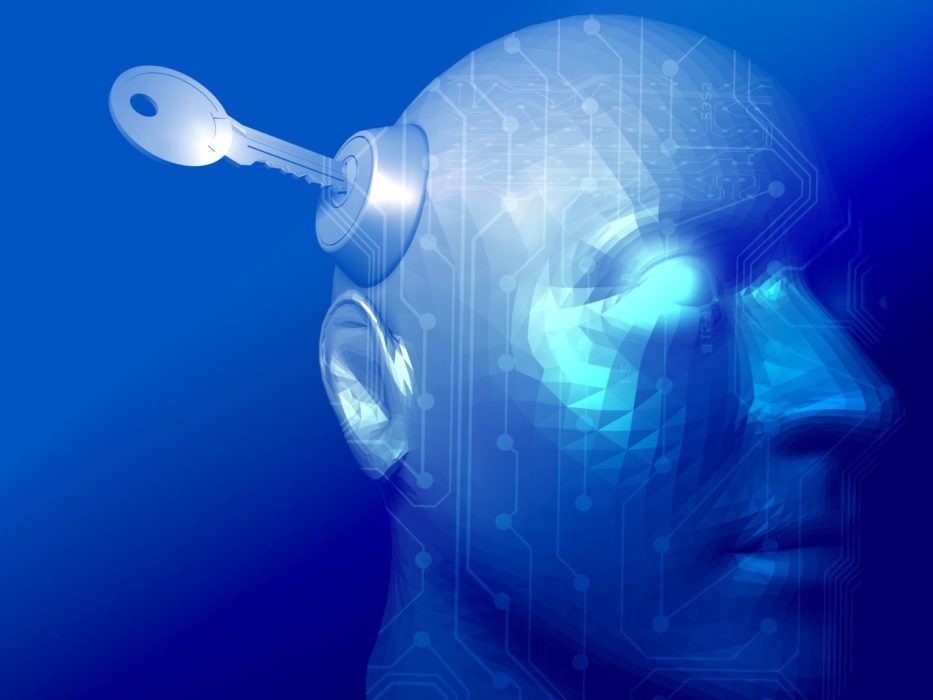Warning – Hair Dyes, Straighteners, Relaxers Now Shown to Increase Risk of Breast Cancer
For years, women have been told that cancer is simply a spontaneous occurrence based on predisposed genetic traits which increase or decrease your likelihood of acquiring cancer. The biggest secret of the cancer industry is the fact that in truth, environmental exposure to carcinogenic toxins such as pesticides, heavy metals, radiation, and even certain chemical beauty products are some of the largest contributing factors in acquiring cancer. Ask any scientist and they will tell you that throughout the many thousands of years that humanity has been on the planet, evolution has produced a species which is aptly able to survive in and adapt to their environment. The secret here is that tens of thousands years of evolution did not create humans who are “naturally” pre-programmed to acquire breast cancer. There is almost always another factor, or varying factors, which contribute to the acquisition of breast cancer and come from outside the realm of of human genetics. For example; smoking, aluminum-based deodorants, having an abortion, and many more environmental factors can contribute to an increased risk of varying forms of cancer. According to the National Cancer Institute, about 12% of women develop breast cancer at one point throughout their lifetime, affecting around 220,000 new patients each year and killing about 40,000 (about 400 of which are men). Beauty Product Preservatives Contribute To Cancer Something that is often overlooked is the effect that chemical-based beauty products have on women. As it turns out, many make-ups, hair dyes and personal care products contain preservatives which new research is finding to be more carcinogenic than previously thought. Scientists are discovering that these types of preservatives, known as parabens, can be highly carcinogenic, even in low doses. Although parabens are known to mimic the growth effects of estrogens on breast cancer cells, some consider their effect too weak to cause harm…But this might not be true when parabens are combined with other agents that regulate cell growth. – Dale Leitman, Gynecologist and Molecular Biologist, UC Berkeley Hair Dyes And Breast Cancer In a report from the journal Carcinogenesis, scientists have found a link between increased breast cancer risk and the use of hair dyes, straighteners, relaxers and conditioning creams which contain cholesterol or placenta. While studying data coming from 4,285 women ages 20-75 (over half of which had breast cancer), they found that there was a significant increase in risk of breast cancer for women who used these hair dyes, straighteners, or relaxers. Something you might find interesting is that the risk factor for African Americans was actually different from Caucasian American women in the study. Black women who used dark shades of hair dyes had a 51% higher risk of cancer and a 72% higher risk of estrogen positive breast cancer. White women on the other hand had a 54% higher risk of estrogen positive breast cancer with the use of dark hair dyes and over 2.5x higher risk of estrogen negative breast cancer at 256% with [...]








